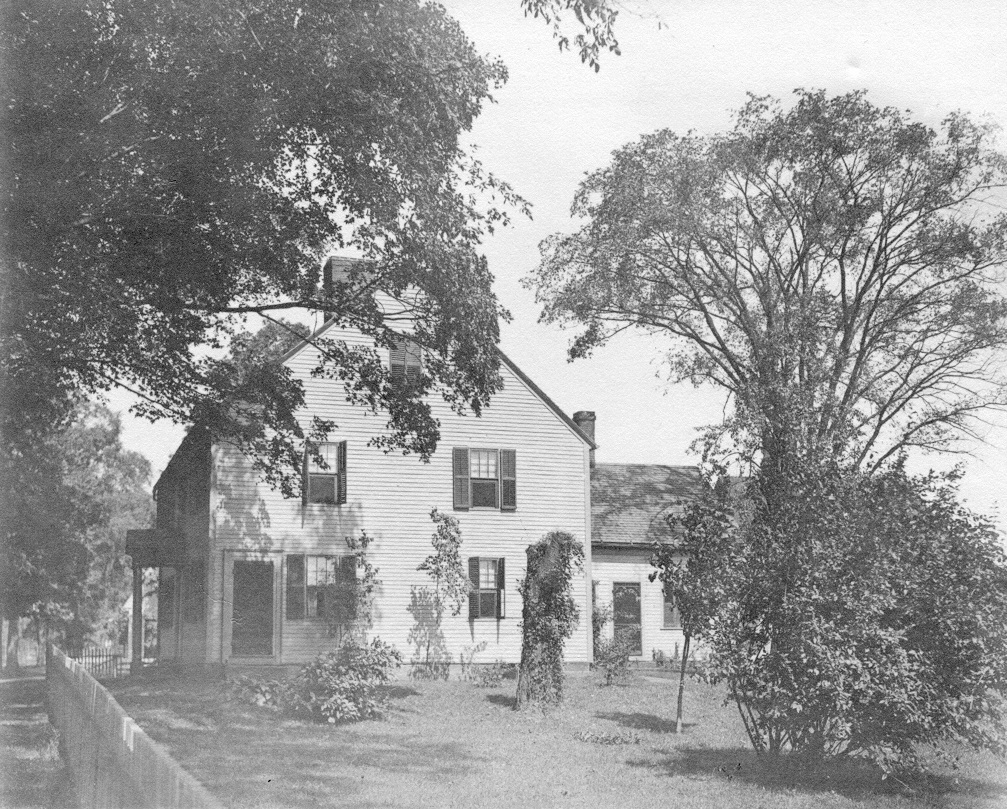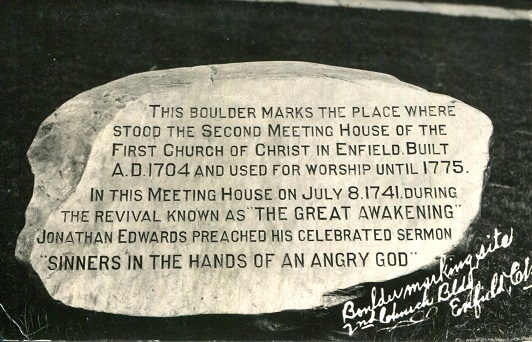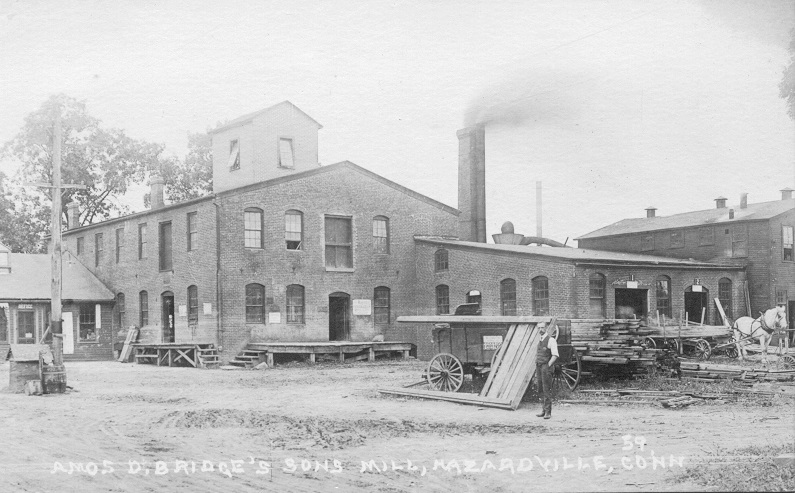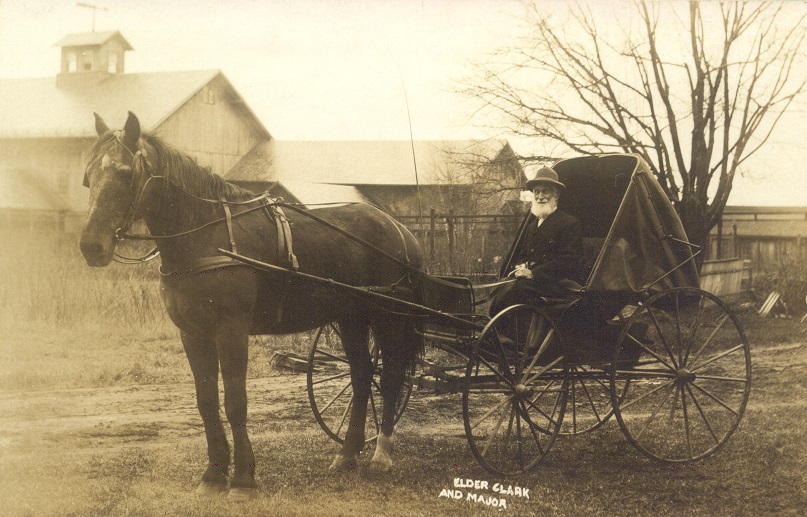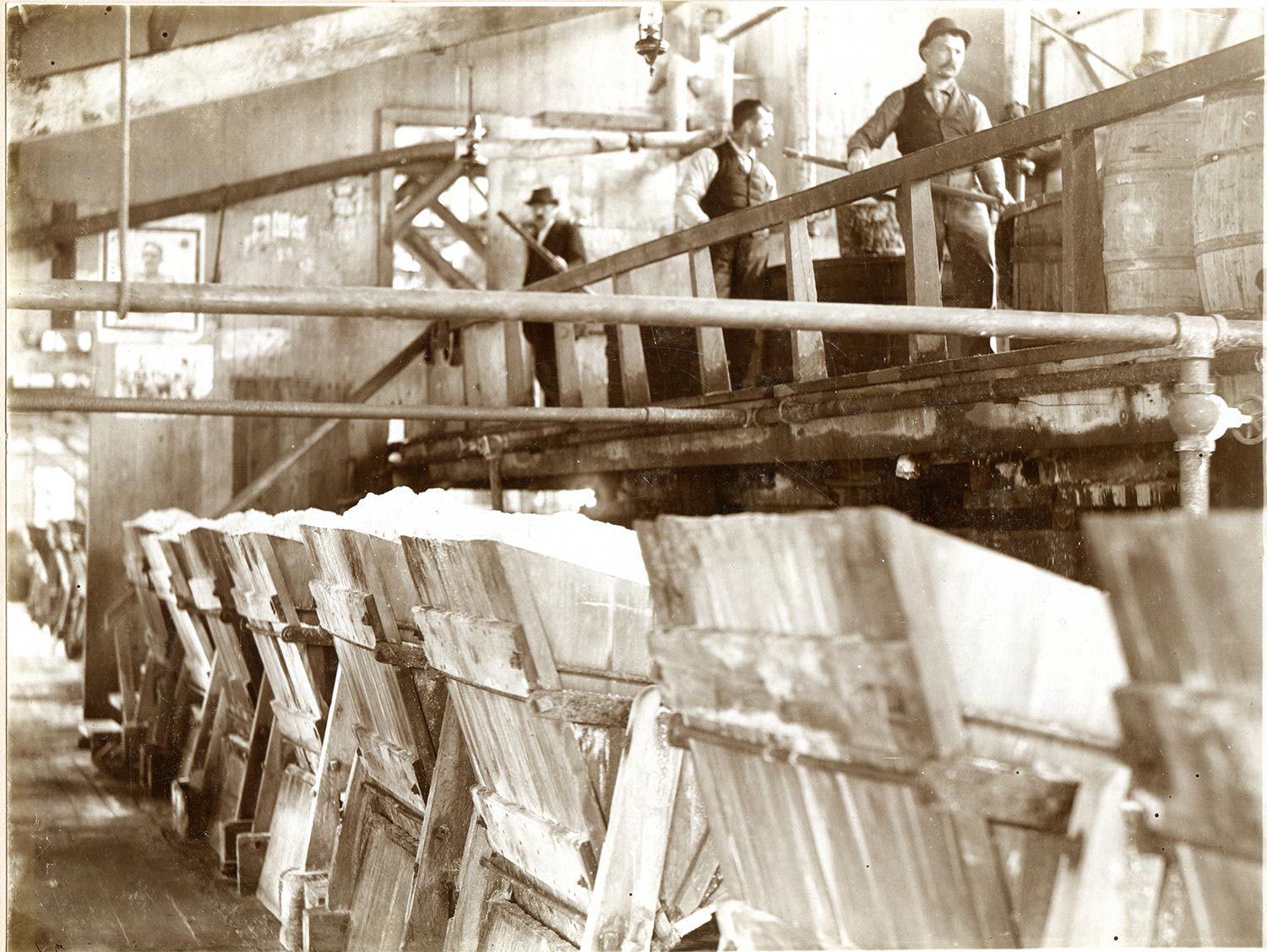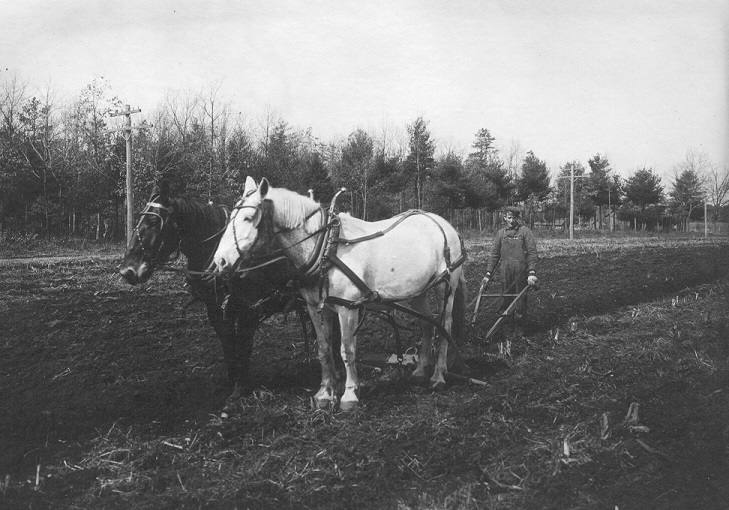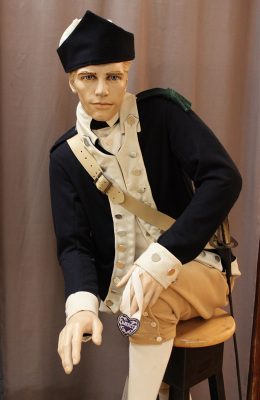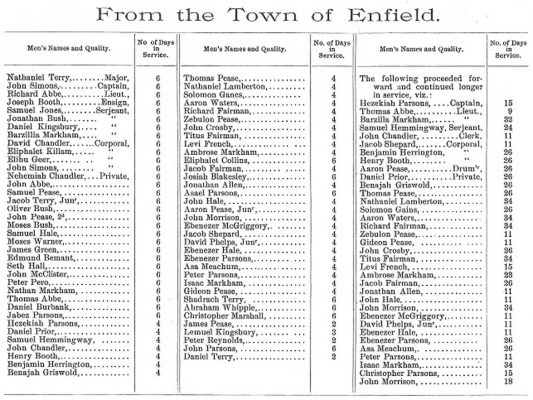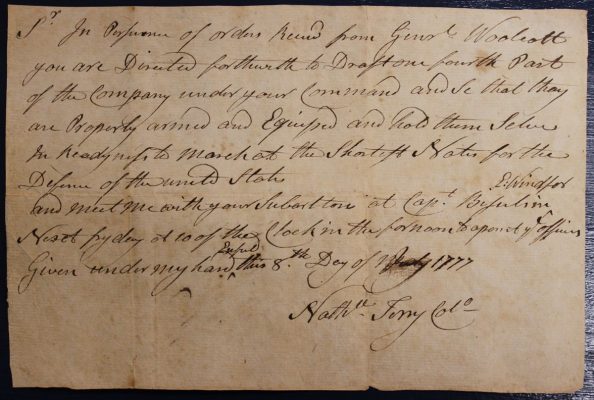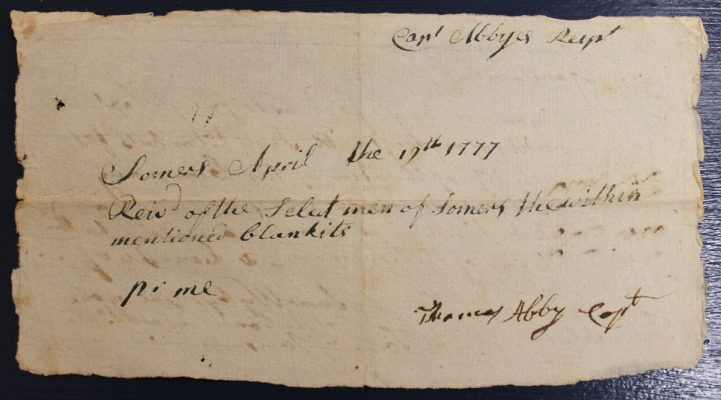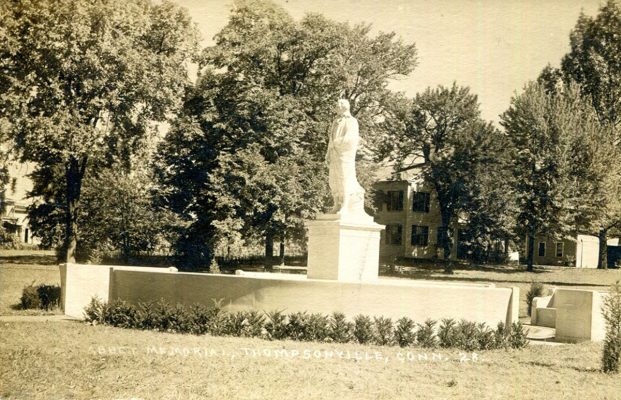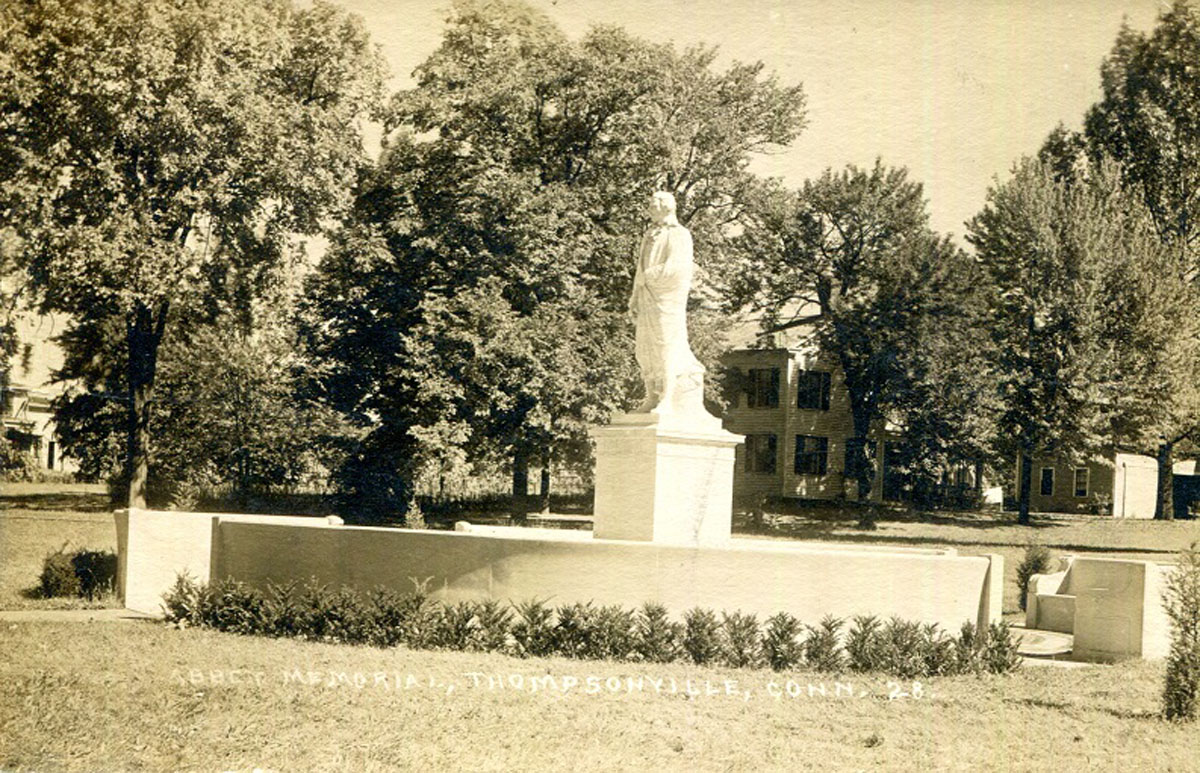
At “a full and Legal meeting of the freeholders and other Inhabitants of the town of Enfield in the County of hartford Convened on the 11th day of July 1774” it was unanimously resolved*
“that a firm and Inviolable union of the Colonies is absolutely necessary for the defence and support of our Civil Rights with out which all our Efforts Will be likely to prove abortive.
“that to facilitate such a union it is our Earnest desire that the Committees of the several Governments meet in a General Convention at such place as shall be thought most Convenient as soon as the Circumstances of distance and a Communication of Intelligence will possibly permit.
“that the most effectual measures to defeat the machinations of the Enemies of his majesties Government and the Liberties of america is to break of[f] all Commercial Inter Course with Great Britain and the west Indies until all these oppressive acts for Raising a Revenue in america are Repealed.
“that Messrs Ephraim Terry Peter Reynolds Edward Collins Ephraim Pease Nathaniel Terry Isaac Kibbe and Thomas Parsons be a Committee to Correspond with the Committees of the other towns in this Colony to Consult and adopt Such measures as shall appear to be most safe & salutary in the present Interesting and Important Crisis.
“that for the Relief of those persons in the towns of Boston Charlestown &c who are distressed by the unhappy Consequences of the Boston port Bill we will Cheerfully Contribute our mite to their support & do appoint the above mentioned Committee to Receive such money or provisions as shall be subscribed and forward the same to the Committee in Boston who are appointed to Receive and distribute the donations from this and the neighbouring Governments.
“that the town Clerk publish the Resolves of this meeting in the New London Gazette.”
With these resolutions Enfield was officially and completely committed to a path that soon led to the Revolutionary War. The resolutions followed the March 1774 adoption by the British government of the Boston Port Bill, which was just the latest in years of unpopular taxes and other restrictive acts imposed on the colonies.
Enfield was prepared for war, having had its own militia right from the town’s founding in 1680. The militia trained regularly and was prepared to defend the town. Men from Enfield participated in colonial conflicts whenever called upon by the King. An estimated 300 Enfield men served in some way during the French and Indian War between 1755 and 1762. Veterans of that war were among those who were waiting for the call to arms in 1775, this time to fight against the King.
Fighting broke out in Lexington and Concord on April 19, 1775. Word arrived in Enfield by post rider the next day. Enfield did not have a church bell to sound alarms, so the town drummer, Thomas Abbe, immediately began sounding the alarm. This event is commemorated by the statue of Captain Abbey (as spelled on the monument) and his drum in front of the Congregational Church on Enfield Street. It should be noted however that Abbe was a Lieutenant in the militia at the time of the Lexington Alarm. He received his Captain’s commission on January 1, 1777.
Many townspeople were attending the regular Thursday lecture by the Reverend Elam Potter in the church meetinghouse that survives today as the Old Town Hall museum when they heard the alarm and rushed out to hear the news. A large contingent of men led by Nathaniel Terry left the next morning for Boston, armed with flintlock muskets and ready to fight. They were just the first of Enfield’s men to serve in the war. Due to the distance involved, they arrived after the initial fighting was over. Many quickly returned to Enfield and all were back home after only a few weeks.
While no battles were ever fought in or near Enfield, the town’s support for and participation in the war was strong throughout the conflict. Quotas for men and supplies were always met; supplies included clothing, tents, blankets, and more. The families of soldiers were supported, and the town even paid the men when Congress could not. Many Enfield men served their new country in the Connecticut Militia or the Continental Army. Major Nathaniel Terry later commanded the 19th Regiment, Connecticut Militia.
Elijah Churchill and the Purple Heart
Today’s Purple Heart medal traces its origins to the Badge of Military Merit that was created by orders issued by General George Washington on August 7, 1782. That badge, made in “the figure of a heart in purple cloth, or silk, edged with narrow lace or binding” with “MERIT” embroidered onto it, was given only to enlisted men and non-commissioned officers as recognition for when “any singularly meritorious action [was] performed” or for “extraordinary fidelity and essential service.” The order was retroactive, so anyone who served anytime during the war and met the requirements could be awarded one. Only three men are known to have received the badge, but records of who was awarded the badge have been lost so there may have been more recipients.
The first known recipient was Elijah Churchill, who had enlisted in Enfield and served throughout the war. Churchill certainly earned his badge. On November 21, 1780, Sergeant Churchill of the 4th Troop, Second Continental Dragoons led an attack against the supply depot at Fort St. George on Long Island, New York. In what could easily have been a suicide mission he and his force charged the depot and, despite its twelve-foot-high stockades, captured it. Less than a year later on October 2, 1781, Churchill was wounded while leading another successful Long Island raid, this time destroying munitions and taking prisoners at Fort Salonga.
* Some spellings have been corrected for clarity. Punctuation and capitalization are as originally written.
The Old Town Hall Virtual Museum


